Unraveling the Mysteries of Pearl Valuation: How Much Are Pearls Worth?

Pearls are one of the most highly coveted gemstones in the world, admired for their radiance and luster. However, determining the true value of a pearl can be a complex and mysterious process. A pearl's worth is influenced by many factors, including its size, shape, color, luster, surface quality, and origin. Furthermore, the market for pearls can be highly volatile, with prices fluctuating based on supply and demand and shifting consumer preferences. In this article, we will explore the various factors that impact the value of pearls and shed light on the complex and fascinating world of pearl valuation.
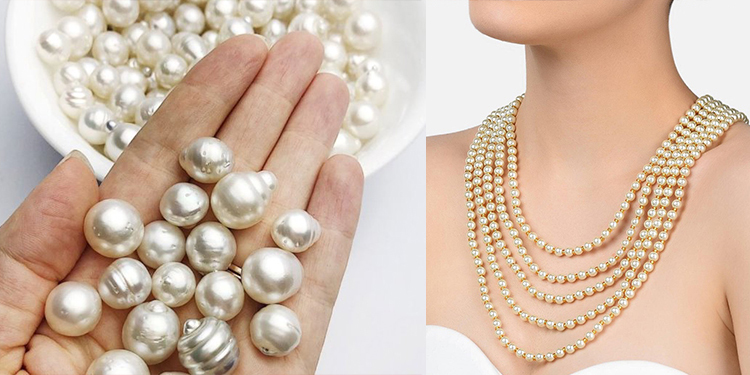
Factors Affecting Pearl Value
A few factors influencing a pearl's value are:
Size
A pearl is available in different ranges of sizes and is measured in millimeters (mm). Following are the dimensions of a few pearls:
● Freshwater pearls: 2mm to 12mm
● Akoya pearls: 6mm to 8mm
● South Sea pearls: 9mm to 20mm
● Tahitian pearls: 8mm to 18mm
Shape
The more round and smooth the pearl, the more it will add to its worth. However, some irregular and distinctive shaped pearls can also be valuable, depending on their quality and luster.
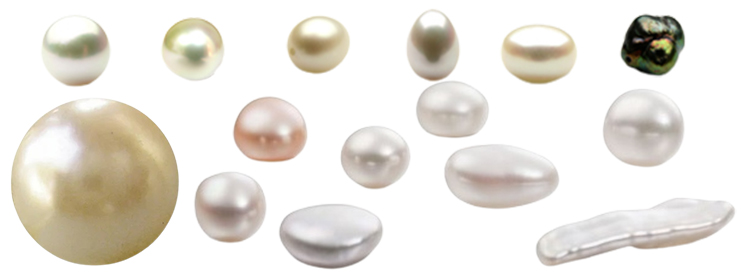
Color
Pearls with rare and vibrant colors can be more prized than standard colors. Due to their rarity, the pearls' most revered and valued colors are black and golden.
Luster
An enduring shine reflecting on a pearl's surface defines its luster. A pearl with more radiance and glow is worth much more than a pearl with a dull and pale appearance.
Surface Quality
An authentic pearl will considerably have little blemishes and flaws on its surface. Any noticeable flaw, like bumps and cracks, can ultimately hamper its worth.
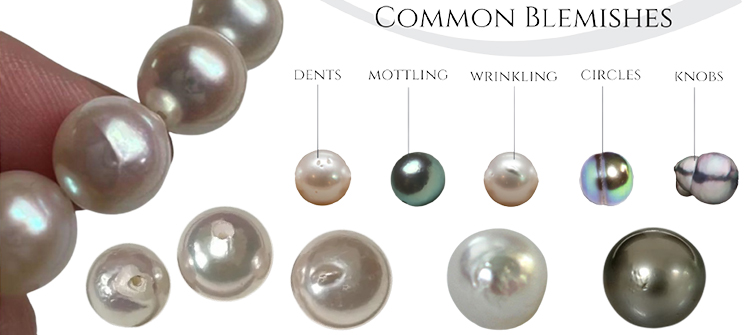
Nacre Thickness
Nacre, also known as the 'mother of pearls,' is the substance that forms the pearl. More layers of nacre will eventually thicken the pearl, whereas a thin pearl is fragile and prone to noticeable damage.
Rarity
Pearls that are scarce or hard to find are more valuable than readily available ones. Rarity is influenced by various factors, including the type of mollusk, its location, and the farming or harvesting process.
Origin
The origin of a pearl is based on the type of mollusk or oyster that produced it and can be categorized into saltwater and freshwater pearls. The origin can impact a pearl's value, as pearls from specific regions, like the South Sea, may be highly prized due to their size, color, and luster.
Treatment
The price of a pearl depends on the treatment it has received to amplify its elegance. A few treatments, like bleaching, coating, dyeing, and irradiation to remove imperfections in a pearl, can reduce its worth.
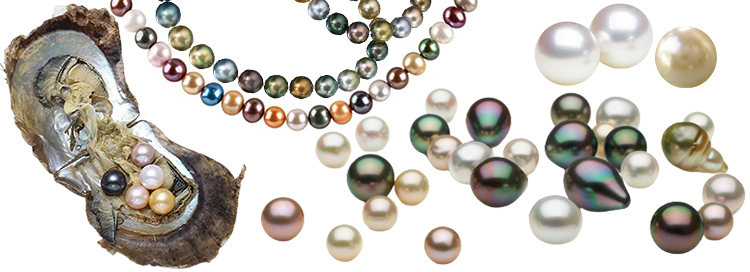
Average Cost of Pearls
As discussed above, a pearl's value depends on its type, size, luster, rarity, etc. Various gem retailers might quote different prices for pearl strands. Some of the pearl's average prices are:
● South Sea Pearls- $1,000 to over $100,000
● Tahitian pearls- $500 to more than $25,000
● Akoya pearls- $300 to more than $10,000
● Freshwater pearls- $50 to $2,000
Types of Pearls
Natural Pearls
The rarest and most prized natural pearls are formed without human interference, making them desirable and exquisite.
Cultured Pearls
Cultured pearls are created using human assistance. These pearls are in different colors and shapes with a bright reflective luster.
Freshwater Pearls
With various shapes, sizes, colors, and luster, freshwater pearls are produced by mussels and cultivated in freshwater lakes and rivers.
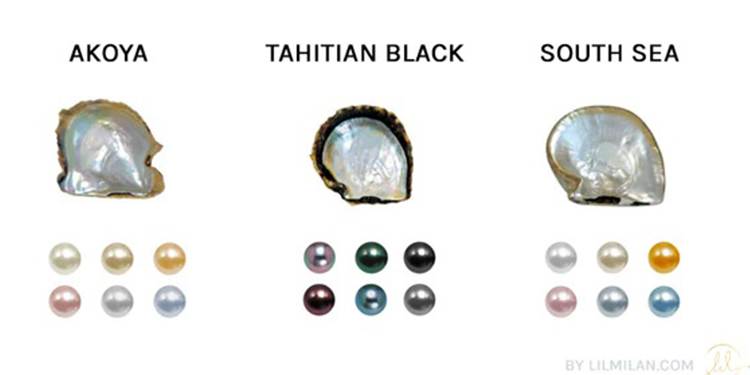
Akoya Pearls
A saltwater pearl, Akoya pearl, is generally small, round, white, or cream-colored, with a bright sheen and smooth surface.
Tahitian Pearls
Tahitian pearls, a kind of saltwater pearl, are primarily large, round, rich in black or gray color, with a shimmery luster.
South Sea Pearls
South Sea pearls are saltwater pearls in various colors and have an alluring shine and even surface.
Investing in Pearls
Before investing in a pearl, check its quality and authenticity. A high-quality, vintage, and rare pearl can be a great investment choice as it can provide a good return over the long term. However, one should research extensively, consider potential risks, and study market trends before making an investment decision.
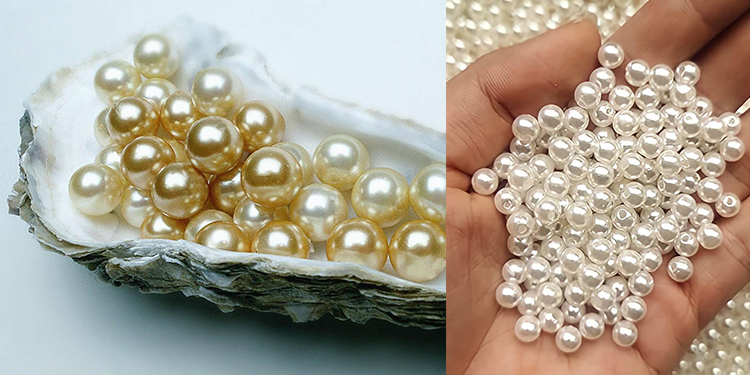
Conclusion
Pearls, a symbol of purity, femininity, and rarity, are widely regarded as the world's most beloved gemstones. For centuries, gem enthusiasts have treasured these luxurious gems. From classic pearl necklaces to modern and edgy designs, pearls are incredibly versatile and can be styled in many ways, making them irresistible to anyone who appreciates their charm.
Pearl Price - FAQs
Are cultured pearls worth anything?
Cultured pearls can be beneficial depending on factors like quality, rarity, size, color, shape, and luster.
Are natural pearls always more valuable than cultured pearls?
Yes, natural pearls are considerably more expensive than cultured pearls as they are rare and formed naturally without any human intervention.
What is the most valuable type of pearl?
South Sea pearls are highly prized; their rarity, authenticity, and luster make them more valuable than others.
Can pearls be an investment?
Pearls can be retained for a lifetime with proper care and maintenance. Hence, investment in pearls can be rewarding if the decision is taken after thorough research.



Leave a Comment